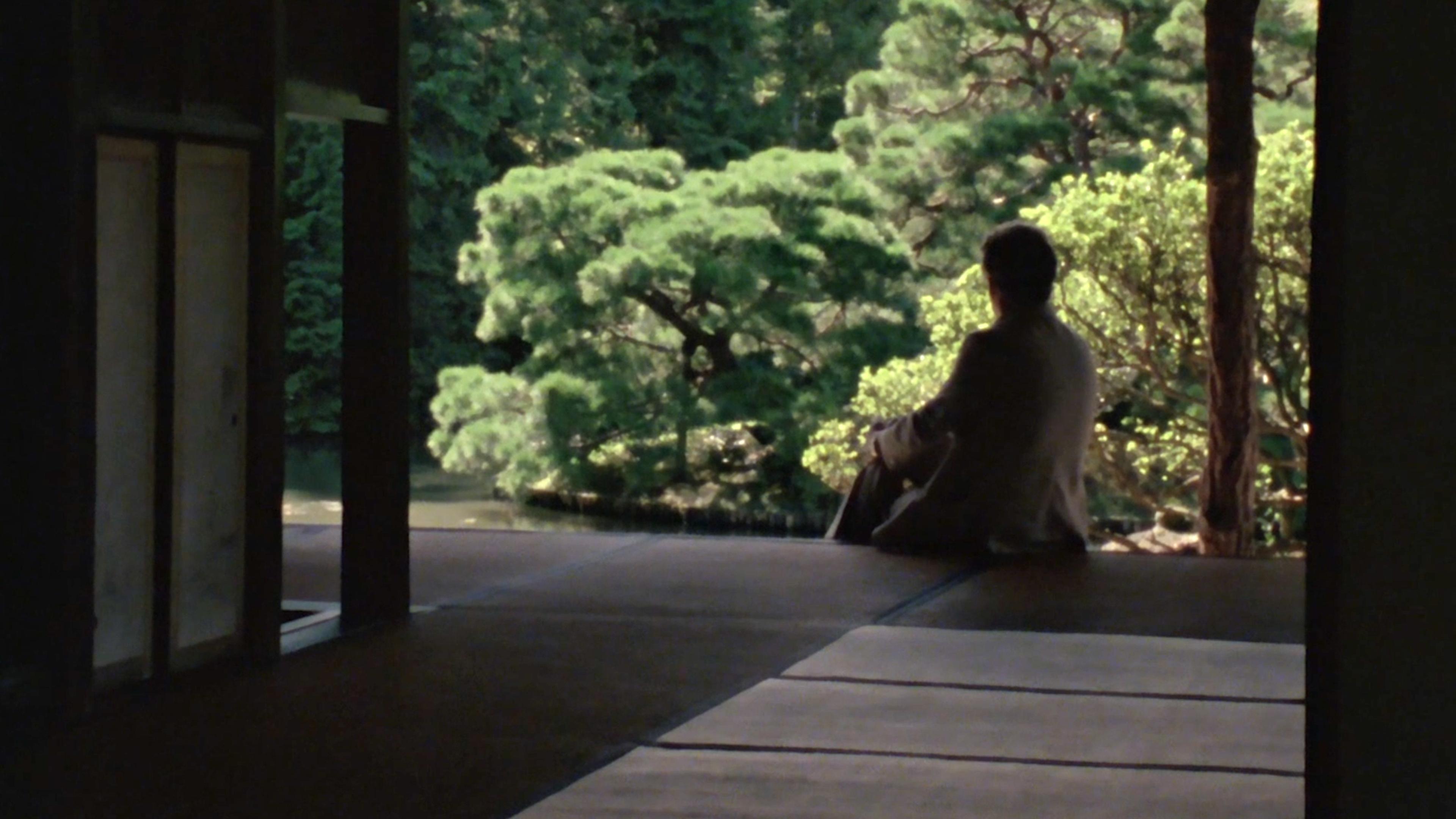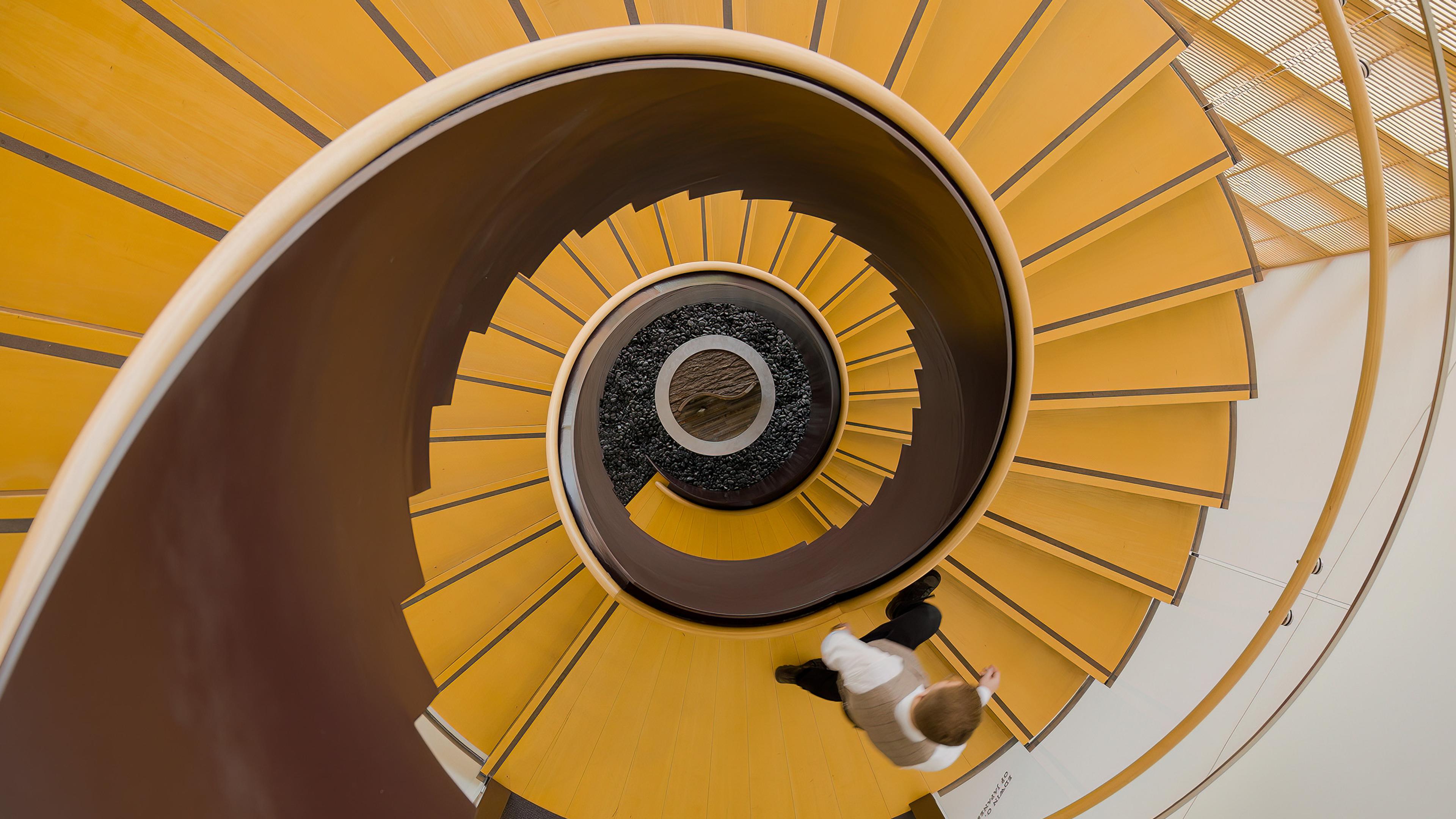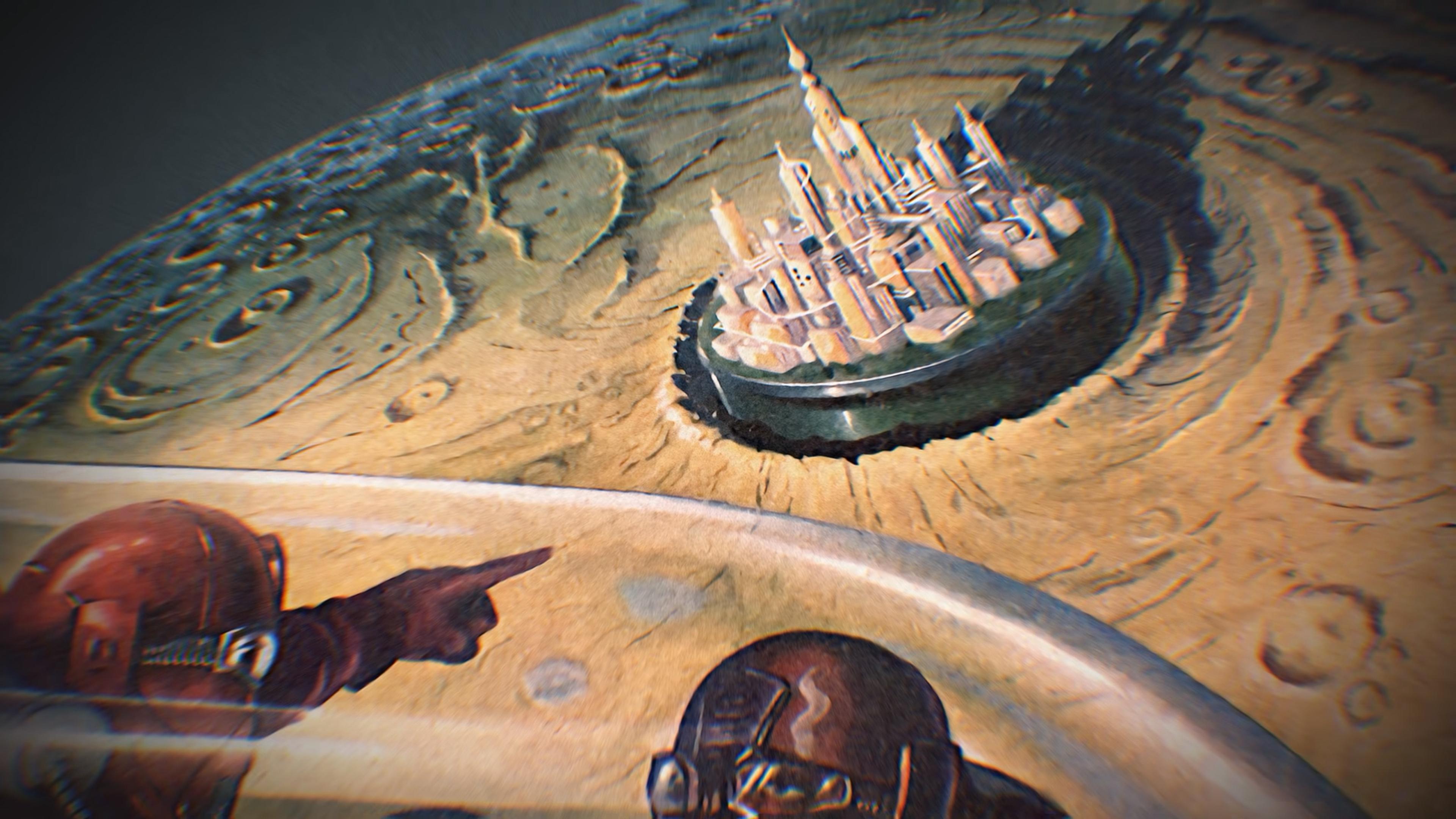Symmetry rules life on Earth – but it comes with many fascinating exceptions
Symmetry is so fundamental to multicellular life that it can be easy to overlook. In fact, symmetry only seems to stand out in the notable instances where it’s quite obviously broken, such as in the case of the male fiddler crab, which possesses one smaller claw and an opposite claw that’s many times larger. In this short video, Laila Moubayidin, a Royal Society University Research Fellow at the John Innes Centre in Norwich, England, discusses why symmetry came to dominate life on Earth, and how many complex life forms, such as humans, transitioned from radial to lateral symmetry. Moubayidin also breaks down how life forms can evolve to break symmetry once they’ve established it, how some animals possess different degrees of symmetry across a lifetime, and the many ways in which humans lack perfect symmetry.
Video by the Royal Society

video
Animals and humans
Why be dragons? How massive, reptilian beasts entered our collective imagination
58 minutes

video
Biology
How the world’s richest reds are derived from an innocuous Mexican insect
5 minutes

video
Physics
The abyss at the edge of human understanding – a voyage into a black hole
4 minutes

video
Thinkers and theories
A rare female scholar of the Roman Empire, Hypatia lived and died as a secular voice
5 minutes

video
Architecture
The celebrated architect who took inspiration from sitting, waiting and contemplating
29 minutes

video
Chemistry
Why do the building blocks of life possess a mysterious symmetry?
12 minutes

video
Cosmology
Tiny, entangled universes that form or fizzle out – a theory of the quantum multiverse
11 minutes

video
Rituals and celebrations
A beginner’s guide to a joyful Persian tradition of spring renewal and rebirth
3 minutes

video
Astronomy
The history of astronomy is a history of conjuring intelligent life where it isn’t
34 minutes